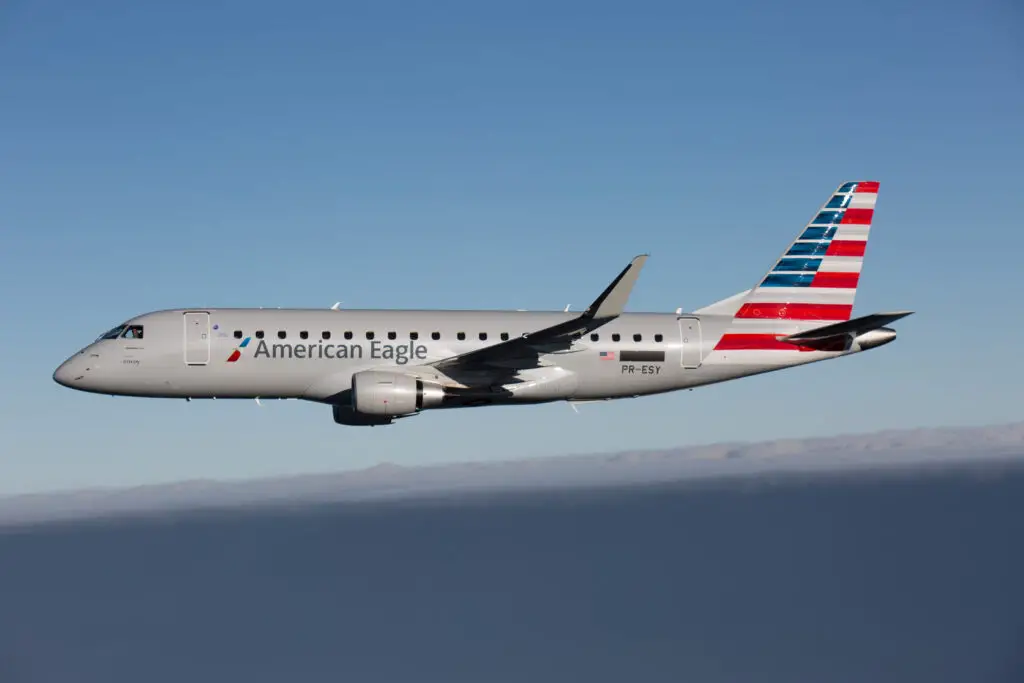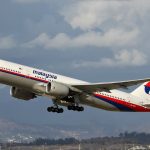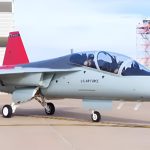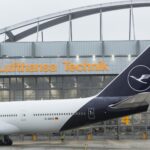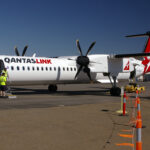In the last 23 years, pilot salaries for regional airline crews have surged by a staggering 546 percent. Beyond just wages, several regional companies entice pilots with initiation bonuses, incentives, and training agreements. While these incentives have ensured a steady inflow of personnel, they might not be sufficient to address the current pilot shortage at the regional level. Meanwhile, in major airlines, pilot compensation has experienced an annual growth of around 10 percent since 2010.
Kit Darby, a consultant for the Aircraft Owners and Pilots Association (AOPA), commented, «This situation is truly unique. We have witnessed prosperous periods before, but airlines have hired 5,000 pilots only three times in history, with the most recent occurrence in the latter half of 2021. Astonishingly, they matched this historical record in just six months.» Darby continued, «Subsequently, in the following year, they recruited over 13,000 pilots. This trend seems to persist this year, with an estimated hiring of around 14,000.»
Apart from attractive remuneration, major airlines offer enticing compensation packages, signing bonuses, retirement plans, and improved working conditions. As pilots ascend to major airlines, regional companies struggle to find qualified captains.
Related Content: Pilot shortage: Republic Airways asks to be exempt from flight hours requirements
Tim Genc, an advisor at AOPA, explained, «Given the legal limitations on flight hours per day/month/year, the process of ascending to a captaincy takes at least a year. The large number of pilots from regional airlines being hired by major airlines means that regional airlines are offering substantial bonuses to qualified candidates for captain positions.»
Charter operations (FAR Part 135) are not subject to mandatory retirement at 65 or the 1,500-hour rule, providing more freedom in pilot recruitment. Genc affirmed, «For the first time, Part 135 airlines are competing with regional airlines for pilots who meet the minimum qualifications. Salary increases and bonuses in private and corporate aviation are aimed at attracting diverse pilots.»
According to Darby, there’s a deficit of around 11,700 pilots in mainline carriers, 6,000 in regional airlines, and 3,750 in corporate aviation. Presently, regional airlines have around 500 aircraft grounded due to the pilot shortage.
While airlines are offsetting shortages by recruiting from their regional counterparts, they are not immune to industry turbulence. Darby noted, «Regional airlines are integral to the business plan of major airlines, accounting for half of the flights and a quarter of the passengers. Challenges in the regional sector disrupt the plans of the entire group.»
To counteract this, some industry players are proposing changes to the minimum 1,500-hour flight requirement and an increase in the retirement age to 67. Both unions and the government strongly oppose the latter point.

